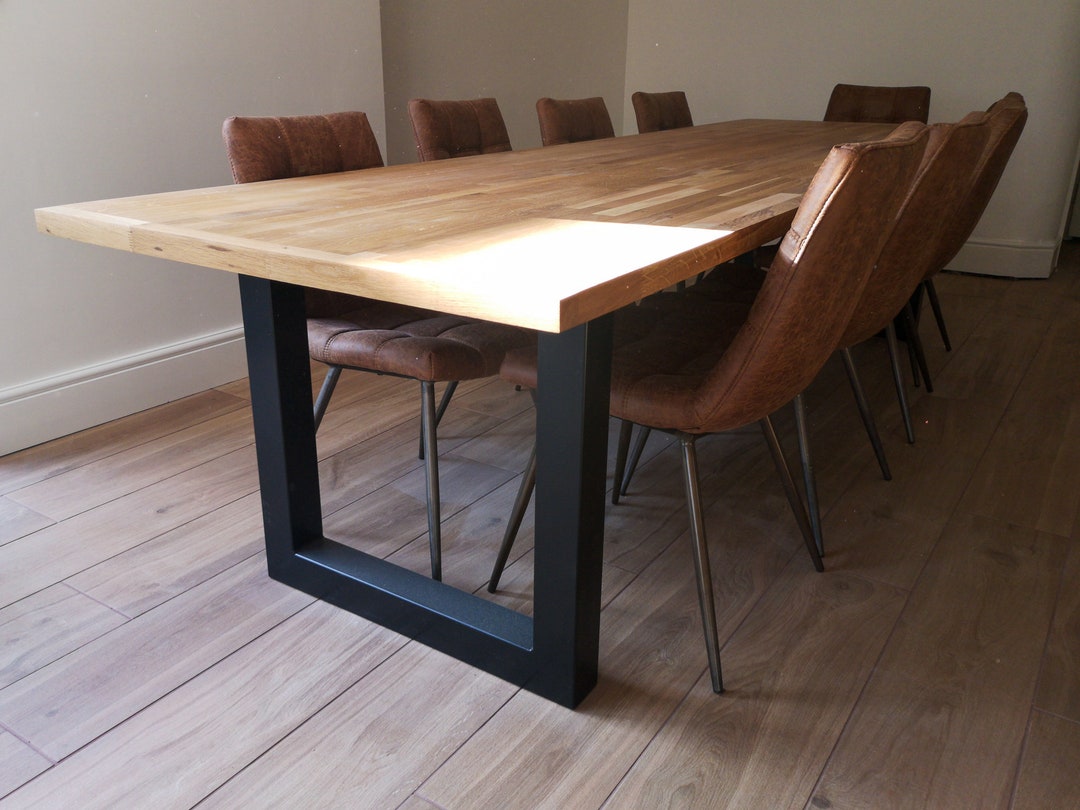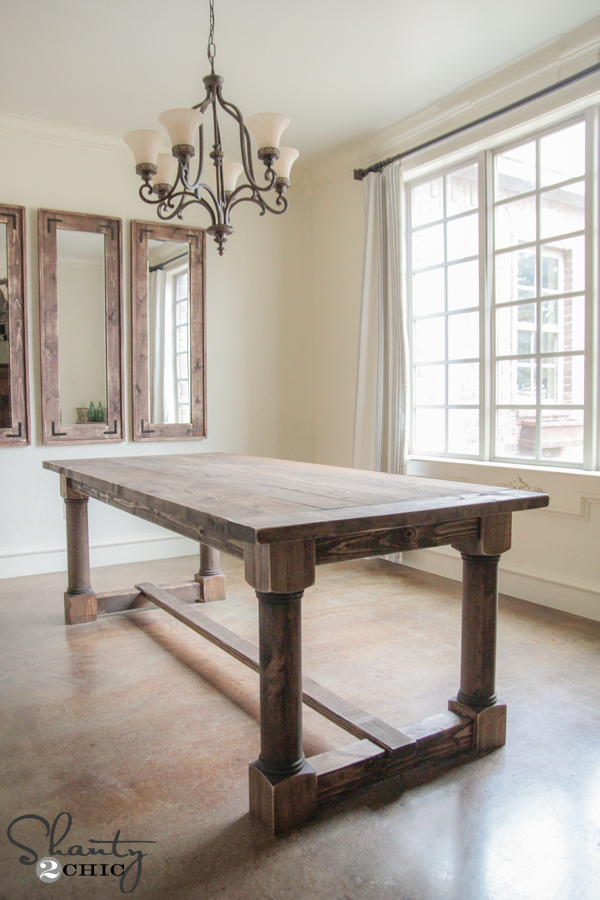Simple Steps to Replacing Old Dining Room Table Legs with New Ones
Simple Steps to Replacing Old Dining Room Table Legs with New Ones
Blog Article
From Typical to Modern: Find the Ideal Dining-room Table Legs for Your Design
The option of dining area table legs plays a critical function in defining the general personality of your area, linking the void in between traditional workmanship and contemporary visual appeals. While classic layouts such as cabriole and transformed legs stimulate a sense of ageless elegance, modern designs like barrette and geometric alternatives provide a possibility for striking aesthetic passion. Reviewing the best balance between these designs needs a nuanced understanding of your existing decoration and personal taste. As you think about these aspects, the concern stays: just how can you perfectly incorporate these varied leg styles to create an unified dining experience?
Comprehending Table Leg Styles
The selection of eating space table leg designs can significantly affect both the aesthetic appeals and capability of the area. Each leg design contributes one-of-a-kind useful attributes and visual aspects, providing to diverse style preferences and usage demands. Understanding these designs is vital for selecting the right dining table that aligns with your total interior decoration vision.
For example, tapered legs provide a clean, traditional appearance that can improve a space's style, while pedestal bases provide security and maximize legroom, making them optimal for smaller sized areas. Barrette legs, a characteristic of mid-century modern style, present an industrial panache, permitting a ventilated, open feeling. Likewise, trestle legs stimulate rustic beauty, offering robust support and a feeling of eternity.
Wooden legs can bring warmth and appearance, whereas steel choices often convey a smooth, modern vibe. Eventually, understanding table leg styles is necessary for developing a cohesive dining area that mirrors individual style while making sure practicality and comfort.
Traditional Table Leg Options
When picking dining-room table legs, conventional alternatives usually symbolize ageless elegance and workmanship. These styles reflect an abundant heritage and a commitment to quality, making them excellent for those that appreciate classic appearances.
Among the most renowned typical leg designs is the cabriole leg, characterized by its stylish rounded shape. This design usually features decorative carvings and is most frequently located in Queen Anne and Chippendale furniture. An additional prominent option is the turned leg, which flaunts a series of smooth, rounded forms that supply a classic look while preserving security.
Moreover, the straight leg, while basic, provides a tough and unadorned structure that can blend effortlessly with a range of tabletop designs. For those attracted to ornate outlining, claw-and-ball feet legs evoke a sense of majesty and can act as a stunning focal factor in any type of eating space.
Finally, stand bases, although not purely legs, offer an alternate standard alternative that enables ample legroom and can be magnificently sculpted. Each of these typical leg styles adds to the overall ambiance of an eating room, marrying function with visual charm.

Modern Table Leg Layouts
Modern table leg designs supply a varied range of styles that highlight cutting-edge products and clean lines. These designs frequently focus on capability while serving as striking focal points within an eating area. Minimalist appearances prevail, with legs crafted from materials such as metal, glass, and go to these guys crafted timber, which contribute to a contemporary and ventilated feel.
One preferred layout is the barrette leg, defined by its slim, conical framework that gives stability without overwhelming the table top (dining room table legs). This design is commonly found in mid-century contemporary furnishings and can effortlessly complement different dining table shapes. An additional fad is making use of geometric forms, where legs might handle angular or asymmetrical kinds, adding aesthetic interest and a touch of artistry

Mixing Designs for Special Spaces
Frequently, home owners look for to produce special eating areas that mirror their personal design by mixing different style elements. This method permits the unification of varied visual appeals, leading to a harmonious yet unique environment. Matching a rustic wood table with smooth, contemporary metal legs can create an eye-catching contrast that raises the space's general charm.
Furthermore, incorporating vintage table legs with contemporary tabletops can stimulate a sense of history while maintaining a modern-day perceptiveness. Such combinations not only showcase individual preference but also urge creativity, enabling house owners to curate a room that really feels both individual and welcoming.
Color plays an important function in this blending process; choosing table legs that enhance or contrast with the existing color pattern can enhance aesthetic rate of interest. Whitewashed legs can soften the boldness of a dark table click for more info surface, creating a well balanced aesthetic.
Tips for Choosing the Right Legs
Choosing the right table legs is crucial for attaining both performance and aesthetic allure in your eating room. Begin by taking into consideration the general design of your space. Traditional setups take advantage of legs that include detailed carvings or transformed layouts, while contemporary areas may call for sleek, minimalist designs.
Next, assess the height and stability of the legs. dining room table legs. Typical table vary between 28 to 30 inches in height, so make certain the legs match this dimension for convenience. In addition, robust products, such as wood or metal, can boost stability and longevity
Examine the leg shape also-- choices include directly, tapered, or stand styles. Straight legs supply a timeless appearance, while conical legs can include a touch of sophistication. Pedestal bases give enough legroom and are excellent for smaller sized areas.
Conclusion
In summary, picking the excellent dining space table legs needs mindful factor to consider of both modern and typical designs. By integrating leg style, elevation, and material with the total decor, a cohesive and inviting ambience can be achieved.
The selection of dining space table leg styles can dramatically affect both the visual appeals and capability of the room. Ultimately, comprehending table leg styles is crucial for producing a cohesive dining location that shows individual style while making certain practicality and convenience.One of the most famous typical this post leg designs is the cabriole leg, defined by its graceful rounded shape. Straight legs use a timeless look, while tapered legs can include a touch of sophistication.In summary, selecting the optimal dining room table legs needs cautious factor to consider of both contemporary and standard designs.
Report this page